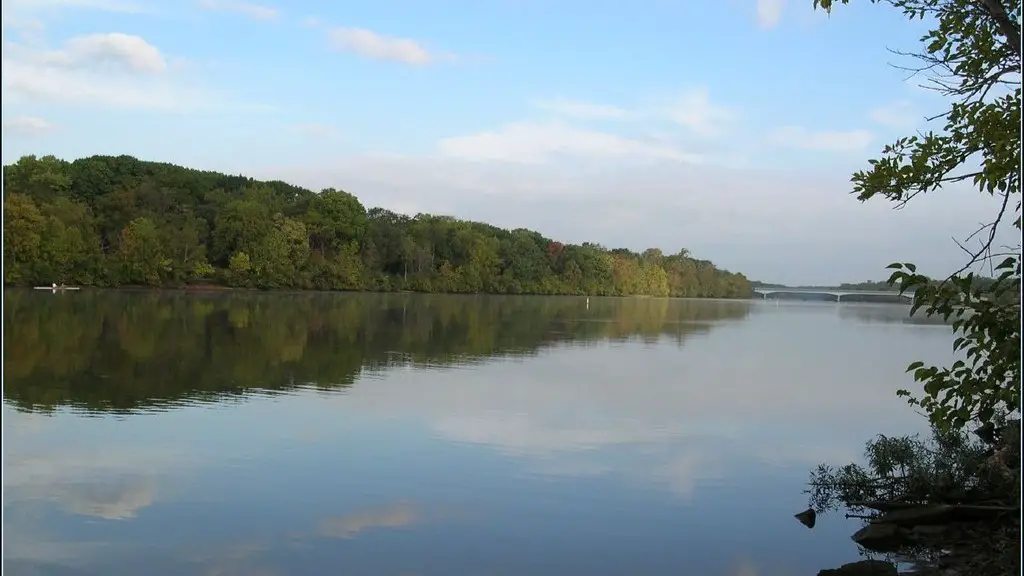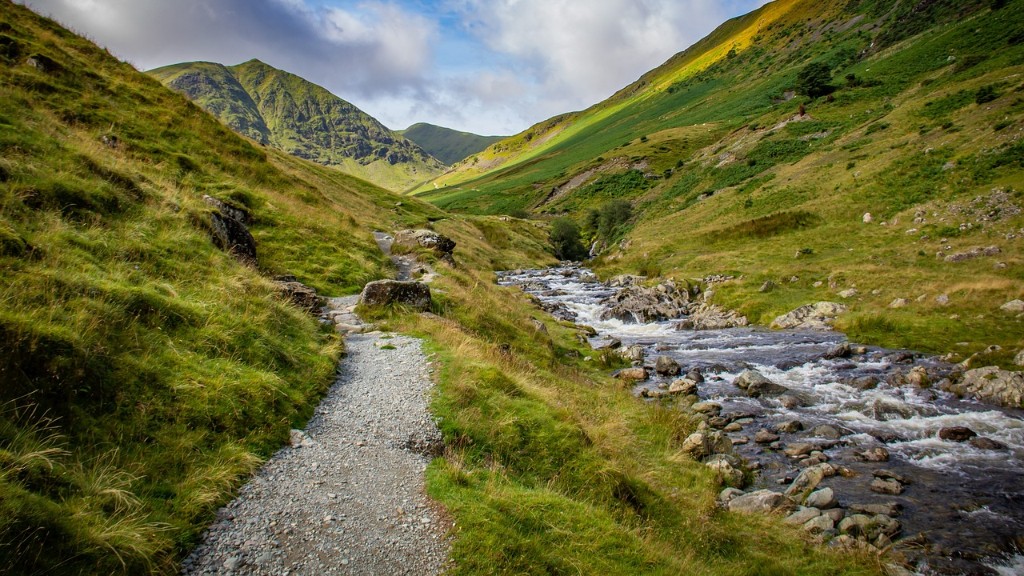Introduction
The Mississippi River Delta is one of the most iconic – and, to many, most beloved – landscapes in the United States. Spanning from the Gulf of Mexico to Memphis, Tennessee, the vast delta is home to a wide array of ecological communities, and it is a vital conduit for the transport of goods and services. Over the years, however, the delta has undergone massive changes, many of them disturbing. From the vastness of wetlands, to the decline in river water levels, to the abundance of invasive species, this complex and dynamic ecosystem has been subject to a multitude of pressures, both natural and manmade. In this article, we will explore some of the ways the Mississippi River Delta has changed over time, and examine the implications these changes have for the local environment and the people who call it home.
Natural Processes
The Mississippi River Delta is part of a deltaic system, which is a process that occurs when a river deposits sediment as it nears its mouth. Every year, the river brings with it sediment from its long journey, and deposites it in the delta, creating new land. This is an ongoing process and has been occurring for thousands of years, reshaping the delta and its surroundings. However, over time, the rate of sediment deposition has slowed down, while the sea has increased the rate of erosion, washing away land and creating an imbalance. This has led to an accelerated loss of wetland and erosion of soil. Further, rising sea levels associated with global warming have compounded the situation, accelerating the rate of land loss.
Industrial Interference
The presence of humans has also had an impact on the delta’s shoreline. Humans have diverted the course of the river for centuries, beginning with the French building the first levee in 1700, and the Americans extending it further south to the current form. This has had the effect of changing water distribution and sediment deposition, resulting in the acceleration of land loss in some areas and the buildup of land in others. Further, human activities such as oil and gas drilling, as well as destruction of natural habitats, has taken its toll on the local ecology.
Decline of Wildlife
The changes to the delta have had a negative impact on the local wildlife. Declining water levels have led to a decrease in native species such as fish, shrimp, crabs, and other aquatic life. It’s estimated that more than 90 percent of the original wetland habitats have been eliminated due to human interference and natural causes. This has led to a drastic decline in the number of birds, mammals, reptiles, and amphibians that inhabit the delta. Further, the presence of invasive species has posed a serious challenge to the local ecology, reducing native species populations still further.
Dam Postive Impact?
The establishment of dams on the Mississippi have had a significant impact on the river’s flow. Built for hydropower and navigation, the dams have helped to regulate the water levels and reduce the variance of flows downstream, allowing for better navigation and reduced flooding. However, this has had the unintended consequence of restricting the sediment flow. As a result, the delta’s wetlands are being reduced at a faster rate than the sediment can replace them, a process known as “coastal subsidence.”
Restoration Grants
In response to the changes in the Mississippi River Delta, government agencies have launched numerous initiatives to restore the delta’s wetlands and reverse the trend of land loss. One such effort is the government’s Wetland Restoration Grant Program, which has allocated millions of dollars to help coastal communities restore wetlands. These grants have been utilized to build retention ponds and restore the barrier islands and marshlands of the delta, providing vital habitats for the local fauna.
Efforts to Preserve Nature
The preservation of the delta’s wetland follows in the footsteps of other conservation efforts all over the world. A multitude of government initiatives, as well as private organizations, have been striving to reverse the destruction caused by human intrusion. In the Delta, several efforts have been launched to protect endangered species and their habitats, such as the introduction of managed hunting programs, the creation of new waterfowl preserves, and the establishment of a new Aquatic Preserve.
Conclusion
The Mississippi River Delta has been experiencing a dramatic transformation for centuries, with humans playing a key role. Rising sea levels and destructive human activities are putting pressure on the delta’s ecological system, resulting in wetland loss, the decline of wildlife, and coastal subsidence. While restoration grants and conservation efforts are being deployed, the challenge of preserving the natural landscape remains daunting. Hopefully, human interference can be lessened while the preservation of the Delta’s vital habitats can be maintained.
Environmentalism
The destruction of the Mississippi River Delta has called into question the efforts of environmentalism, and the effectiveness of conservation initiatives. Those who are looking to slow the destruction of the Delta and its wildlife must look first at the root causes of destruction, placing the blame on not just humans’ destruction of the environment, but also their lack of conservation. Policies are necessary to ensure that industries and civilization are held liable for their destruction and are constrained from taking from the environment with little thought or care.
Education
Education is a key component in both understanding and preserving the Mississippi River Delta. As citizens become more aware of the destruction of the Delta, they are able to make conscious decisions about their consumption habits, involvement in the industry and consumption of resources that are damaging ecosystems. Never before has education on conservation been more important in order to prevent further destruction, and the Mississippi River Delta is the perfect example of a need for increased education on conservation.
Technology
Fortunately, technological advancement has also made an impact in the fields of conservation and ecological sustainability. Technology is being used to both monitor and record changes in the environment, providing data to spur discussions about policies, zoning, and regulations. AI can also be used to identify areas of risk and inform proactive solutions that prevent destruction before it begins.
Adaptability
The Mississippi River Delta is a reminder of both human’s capacity for destruction and their potential to heal. If passed, suggested policies and new technologies can help restore the Delta, and could be replicated in other river deltas across the world with similar issues. In addition, the locals of the Delta can take a more direct role in conserving the environment through adaptability. Traditional fishing and farming practices can be combined with sustainable practices to make a living that endures, while still allowing the environment to flourish and thrive.



